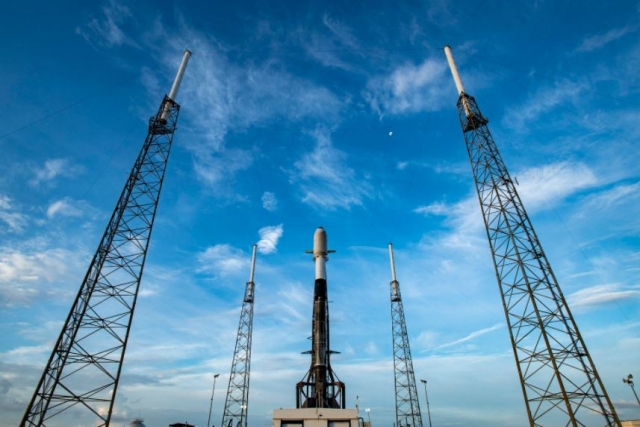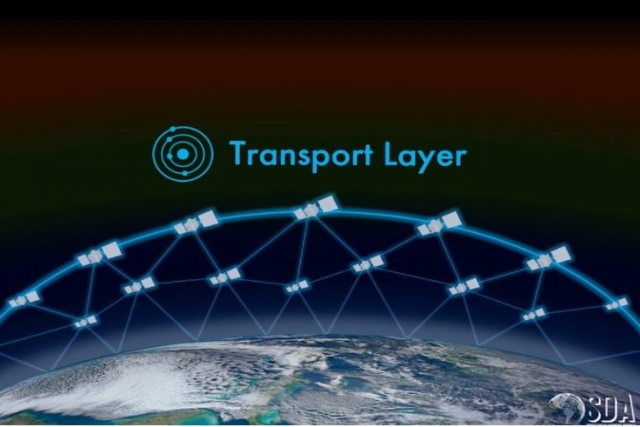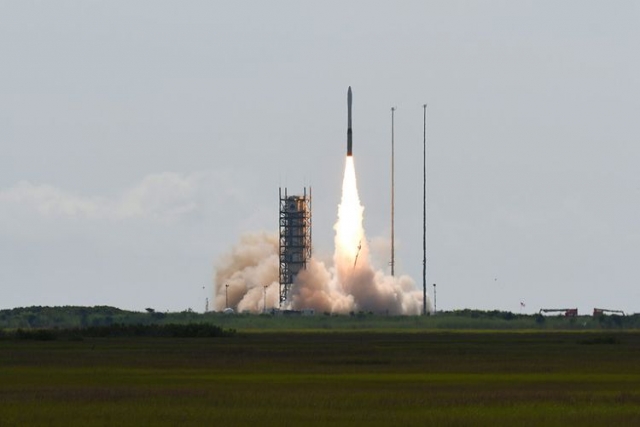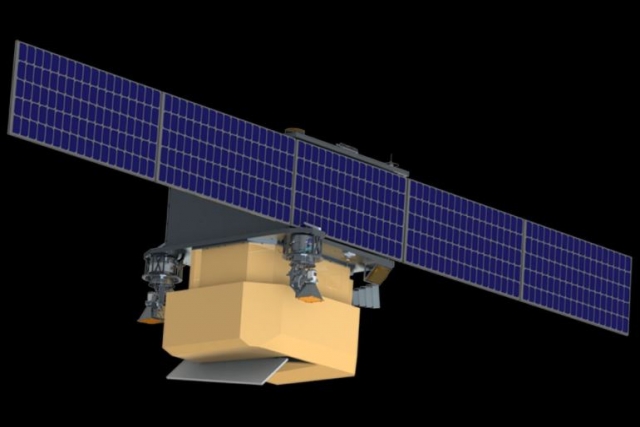U.S. Space Development Agency Launches First Two Military Satellites

The U.S. Space Development Agency (SDA) on June 30 announced the successful launch of its first two satellite missions, Mandrake II and Laser Interconnect Networking Communications System (LINCS) and the Prototype On-orbit Experimental Testbed (POET) payload.
Established in 2019, the SDA is tasked with rapidly infusing emerging technologies into the U.S. military’s space programs. It plans to deploy hundreds of small satellites to enable improved communications for the military.
The launch took place from Cape Canaveral Space Force Station, Fla. It was supported by SpaceX’s Transporter 2, an all-rideshare Falcon 9 mission, carried aboard SDA’s first two sets of experimental satellites, designed and built with government and industry partners, to gather data on optical communication terminal (OCT) performance in low-Earth orbit (LEO), along with the POET payload to demonstrate on-orbit data fusion, proving out core capabilities required for SDA’s future development efforts.
Optical links between space, air, and ground assets offer significantly higher data rates and lower latency when compared to conventional radio frequency links, and demonstrate a pathway of getting real-time data to warfighter.

Once on-orbit, POET will demonstrate integration of a third-party multiple intelligence (multi-INT) data fusion software application in a LEO satellite modular and upgradeable mission software suite running in an edge-processor that is representative of what is planned for the National Defense Space Architecture’s (NDSA) Tranche 0 constellation.
“SDA is relying on OCTs to get massive amounts of data off of sensors and into warfighters' hands faster than has ever been possible,” said Derek Tournear, SDA director. “Today’s missions will provide real-world data that we can use to verify our engineering assumptions and space-qualify a significant emerging technology.” He continued, “The lessons learned from on-orbit experiments and tests will directly impact future SDA missions, in line with our spiral development concept.”
On Mandrake II, SDA is working with government partners DARPA and Air Force Research Laboratory to evaluate the pointing, acquisition, and tracking algorithms that allow for OCTs to establish and maintain high-speed communication links. The mission will also characterize data transfer rates and optical link performance between space vehicles in LEO and from space to ground. Immediately after separation from the launch vehicle, the pair of Mandrake II space vehicles will gradually drift apart on orbit, allowing for tests at increasing ranges up to 2,400 kilometers.
For the LINCS mission, SDA teamed with General Atomics (GA) to collect the same general data as the Mandrake II mission with OCTs designed and manufactured by GA that offer increased performance. SDA and GA will also take this technology a step further by demonstrating space-to-air optical links between a LINCS space vehicle and a specially developed OCT pod for the MQ-9 Reaper unmanned aerial vehicle. In addition to increasing bandwidth, optical links are also more difficult to detect and disrupt than traditional communication links, enhancing communication in less- and non-permissive environments.

The POET program will provide for an on-orbit Custody Layer data fusion application that will reside within an overarching Battle Management Command, Control, and Communications (BMC3) software system developed for the Defense Advanced Research Projects Agency (DARPA’s) Blackjack Pit Boss processor. The Small Business Innovation Research (SBIR) Phase II program includes developing a Custody layer application and software development kit using the Scientific Systems Company, Inc. (SSCI) collaborative mission autonomy software suite, (b) ground testing on a CFC-400 satellite processor, (c) host satellite integration, launch and checkout support; and (d) enables an initial flight demonstration of on-orbit multi-INT data fusion onboard Loft Orbital’s YAM-3 satellite.
SDA’s work to push the boundaries of OCT capabilities will directly impact warfighter readiness by disrupting and shortening the traditional sensor-to-shooter and sensor-to-weapon kill chain. With more data traveling faster than ever, leaders will have the tools to react to current and emerging threats with greater speed and assurance. As SDA continues to develop the National Defense Space Architecture (NDSA), smaller-scale development efforts like those launched during this mission will play a key role in ensuring that new technology is effectively implemented with each new tranche, solidifying the nation’s continued superiority in the space domain.













